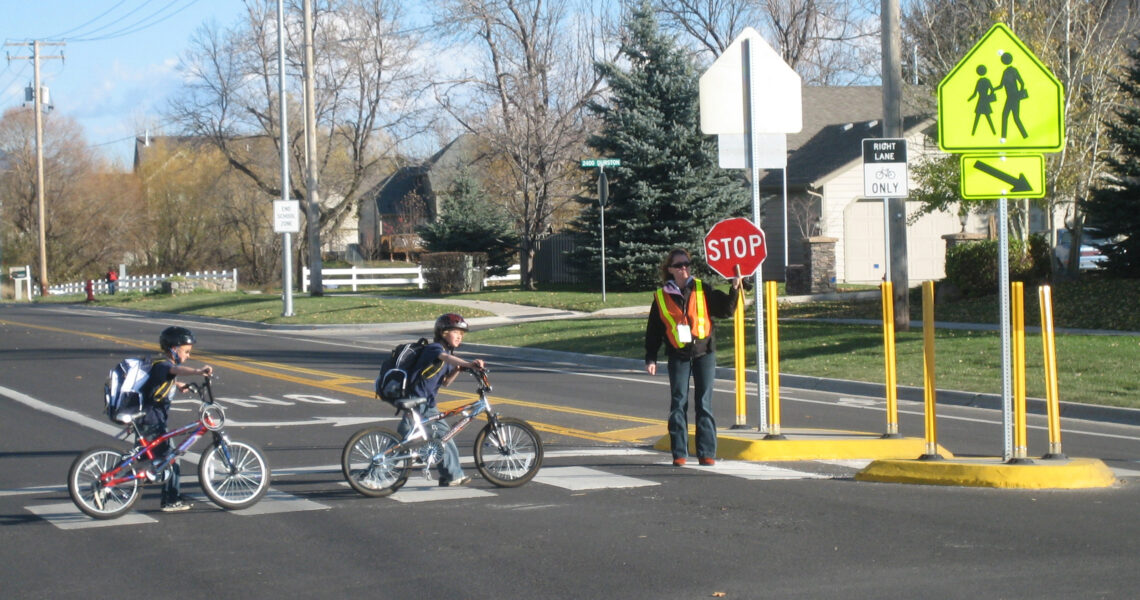Why are Safe Routes to School Vital?
Safe Routes to School (SRTS) initiatives are more than just pathways for young students to travel to school; they’re pathways to a brighter, healthier future. Here’s why they matter:
Safety:
The safety of our children is paramount. SRTS programs prioritize creating safe environments for students to walk or bike to school, reducing the risks associated with traffic accidents and ensuring a secure journey to and from school.
Physical Activity:
SRTS encourages physical activity as part of daily life. By walking or biking to school, students engage in regular exercise, promoting better physical health, reducing the risk of childhood obesity, and instilling lifelong habits of fitness.
Improved Health:
Active transportation leads to improved cardiovascular health, increased mental well-being, and enhanced concentration in the classroom. SRTS fosters healthier students who are better equipped to learn and thrive.
Community Connection:
SRTS initiatives strengthen community bonds. Families walking or biking together to school build a sense of togetherness. Neighborhoods become safer and more interconnected as parents and children get to know their neighbors.
Environmental Benefits:
Reducing the reliance on cars for school transportation contributes to a greener planet. Fewer cars on the road mean reduced air pollution, lower carbon emissions, and a healthier environment for everyone.
Traffic Congestion Reduction:
SRTS programs help alleviate traffic congestion around schools during drop-off and pick-up times, making roads safer for all users and reducing stress for parents.
Bike Coweta’s Commitment to Safe Routes to School
Bike Coweta is committed to providing safe routes for our elementary students. Here are the types of improvements that will make a difference:
Infrastructure Improvements:
Infrastructure improvements such as sidewalks, crosswalks, bike lanes, and traffic-calming measures create safe paths for students to walk and bike to school.
Education Programs:
Educational programs teach students about pedestrian and bicycle safety, ensuring they are well-prepared for their journeys.
Community Engagement:
Engagement with parents, schools, local organizations, and government bodies encourage a comprehensive approach to SRTS, fostering a sense of shared responsibility.
Advocacy:
We advocate for policies that prioritize safe routes to school, working with local governments to ensure children’s safety is a top priority.
Promotion of Active Transportation:
We actively promote walking and biking to school, encouraging students and parents to embrace active transportation as part of their daily routines.
Get Involved in Safe Routes to School
Would you like to get involved in our Safe Routes to School program? Here’s how you can participate:
Walk or Bike to School:
Encourage your children to walk or bike to school when it’s safe to do so. Join them on their journeys and enjoy the benefits of active transportation together.
Support SRTS Initiatives:
Advocate for SRTS initiatives in your community, attend meetings, and join local organizations dedicated to creating safe routes for students.
Promote Education:
Share information about pedestrian and bicycle safety with your children and fellow parents. Education is a critical component of SRTS success.
Engage with Local Authorities:
Connect with local authorities to express your support for SRTS programs and policies that prioritize children’s safety.
By supporting Safe Routes to School, we’re not only ensuring the safety and well-being of our elementary students but also creating a healthier, more connected, and sustainable community for all residents. Together, we pave the way for a brighter future.



